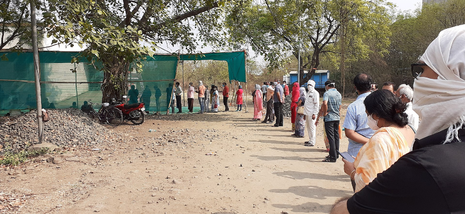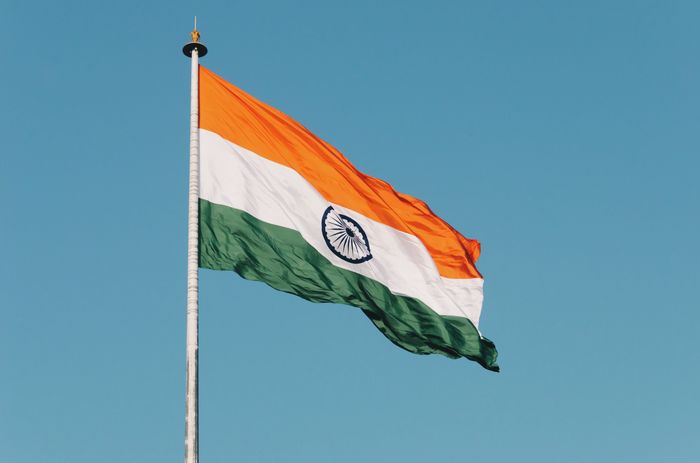Covid-19 tracker predicts pandemic trajectory in India
The tracker developed by the Judge Business School and the Indian National Institute of Economic and Social Research predicts the pandemic has peaked in India

Researchers of the National Institute of Economic and Social Research in India, working with researchers of the Cambridge Judge Business School, have devised a new COVID-tracker for India.
This tracker draws from a model described in a publication of the Harvard Data Science Review, published by Dr Andrew Harvey and Dr Paul Kattuman, two Cambridge researchers.
It is a time series model, meaning it bases its predictions on historical data while allowing for flexibility, to accommodate recent trends (for instance, a change in lockdown measures). The tracker’s predictions are to come out every Monday in the coming weeks.
The last report produced as a result of the tracker states that the epidemic has peaked in India, with some regional exceptions. The model predicts the number of cases in Tapura, for instance, will double in the next eight days.
As of the 15th of May, India has the second-highest number of COVID cases, just behind the United States. With nearly 9,000 people in critical condition, India has the highest number of individuals in need of immediate hospital care. Reports published by Indian newspaper Sandesh state that the official numbers underestimate the actual death toll.
Half of the country’s states are under stringent lockdown measures. The country's Prime Minister, Narendra Modi, has not announced plans for a national lockdown, something the opposition has called for. Hospitals are reported to be facing shortages of critical care beds and of oxygen. The first Indian lockdown, however, was criticized for its humanitarian toll and the four-hours notice with which it was declared.
 News / Caius mourns its tree-mendous loss23 December 2025
News / Caius mourns its tree-mendous loss23 December 2025 News / Clare Hall spent over £500k opposing busway 24 December 2025
News / Clare Hall spent over £500k opposing busway 24 December 2025 Comment / The ‘class’ of Cambridge24 December 2025
Comment / The ‘class’ of Cambridge24 December 2025 Comment / Yes, I’m brown – but I have more important things to say22 December 2025
Comment / Yes, I’m brown – but I have more important things to say22 December 2025 Interviews / Politics, your own way: Tilly Middlehurst on speaking out21 December 2025
Interviews / Politics, your own way: Tilly Middlehurst on speaking out21 December 2025








